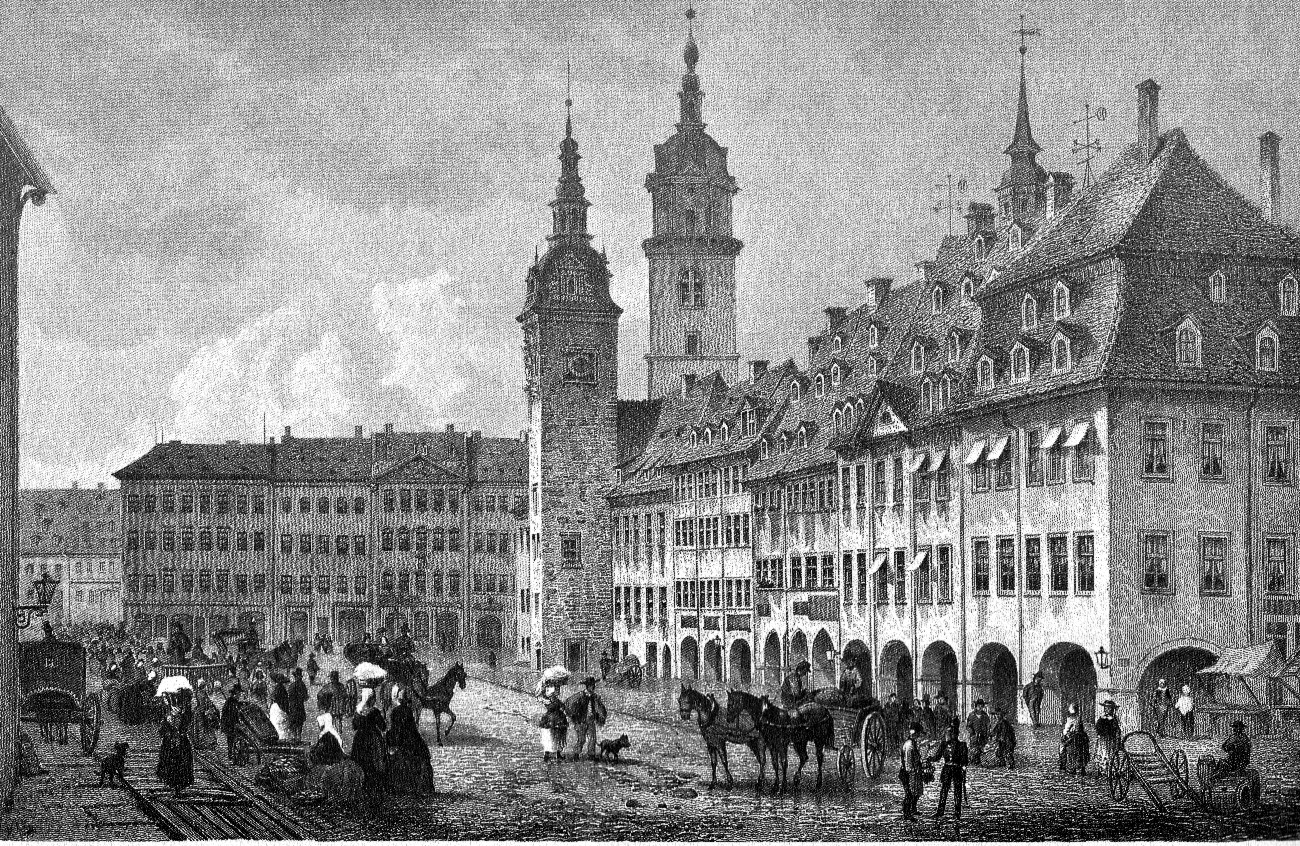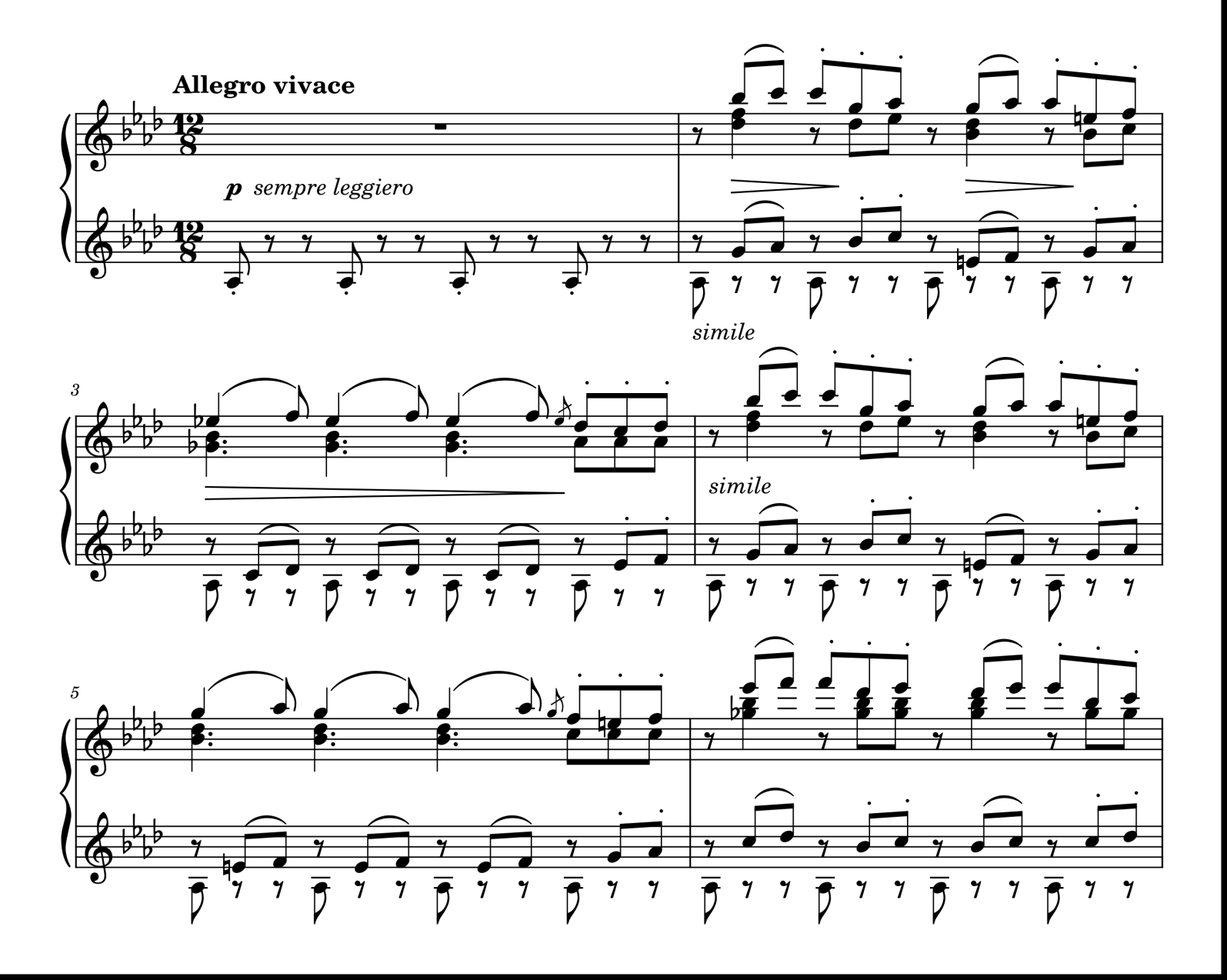|
Werner Hübschmann
Werner Hübschmann (23 July 1901 − 5 July 1969) was a German composer and docent. Hübschmann was born in Chemnitz. If one looks at the catalogue of works of the composer, folk music takes up the widest space in it. There for example, one can find music for mandolin orchestra and accordion, like the ''Sonatine for accordion or Toccata for accordion'', but also instruments like the guitar and the zither which were considered by Hübschmann worth compositions. After musical studies in Dresden and at the University of Music and Theatre Leipzig with Grabner and later with E. Wolff in Zurich he worked as a private music teacher in Leipzig and Chemnitz. On 1 October 1950, he was one of the co-founders of the Chemnitz Folk Music School. From 1952 he worked as a lecturer for composition at the Hochschule für Musik Franz Liszt, Weimar The University of Music Franz Liszt Weimar (in German: Hochschule für Musik Franz Liszt Weimar) is an institution of music in Weimar, Germany. The ... [...More Info...] [...Related Items...] OR: [Wikipedia] [Google] [Baidu] |
Composer
A composer is a person who writes music. The term is especially used to indicate composers of Western classical music, or those who are composers by occupation. Many composers are, or were, also skilled performers of music. Etymology and definition The term is descended from Latin, ''compōnō''; literally "one who puts together". The earliest use of the term in a musical context given by the ''Oxford English Dictionary'' is from Thomas Morley's 1597 ''A Plain and Easy Introduction to Practical Music'', where he says "Some wil be good descanters ..and yet wil be but bad composers". "Composer" is a loose term that generally refers to any person who writes music. More specifically, it is often used to denote people who are composers by occupation, or those who work in the tradition of Western classical music. Writers of exclusively or primarily songs may be called composers, but since the 20th century the terms ' songwriter' or ' singer-songwriter' are more often used, p ... [...More Info...] [...Related Items...] OR: [Wikipedia] [Google] [Baidu] |
Docent
The term "docent" is derived from the Latin word , which is the third-person plural present active indicative of ('to teach, to lecture'). Becoming a docent is often referred to as habilitation or doctor of science and is an academic qualification that shows that the holder is qualified to be employed at the level of associate or full professor. The title of "docent" is conferred by some European universities to denote a specific academic appointment within a set structure of academic ranks at or below the full professor rank, similar to a British readership, a French (MCF), and equal to or above the title of ''assistant professor''. Docent is the highest academic title in several countries, and the qualifying criteria are research output that corresponds to 3–5 doctoral dissertations, supervision of PhD students, and experience in teaching at the undergraduate and graduate level. Docent is also used at some (mainly German) universities generically for a person who h ... [...More Info...] [...Related Items...] OR: [Wikipedia] [Google] [Baidu] |
Chemnitz
Chemnitz (; from 1953 to 1990: Karl-Marx-Stadt (); ; ) is the third-largest city in the Germany, German States of Germany, state of Saxony after Leipzig and Dresden, and the fourth-largest city in the area of former East Germany after (East Berlin, East) Berlin, Leipzig, and Dresden. The city lies in the middle of a string of cities sitting in the densely populated northern Ore Mountain Foreland, foreland of the Elster Mountains, Elster and Ore Mountains, stretching from Plauen in the southwest via Zwickau, Chemnitz and Freiberg to Dresden in the northeast, and is part of the Central German Metropolitan Region. Located in the Ore Mountain Basin, the city is surrounded by the Ore Mountains to the south and the Central Saxon Hills, Central Saxon Hill Country to the north. The city stands on the Chemnitz River, which is formed through the confluence of the rivers Zwönitz (river), Zwönitz and Würschnitz in the borough of Altchemnitz. The name of the city as well as the names o ... [...More Info...] [...Related Items...] OR: [Wikipedia] [Google] [Baidu] |
Folk Music
Folk music is a music genre that includes #Traditional folk music, traditional folk music and the Contemporary folk music, contemporary genre that evolved from the former during the 20th-century folk revival. Some types of folk music may be called world music. Traditional folk music has been defined in several ways: as music transmitted orally, music with unknown composers, music that is played on traditional instruments, music about cultural or national identity, music that changes between generations (folk process), music associated with a people's folklore, or music performed by Convention (norm), custom over a long period of time. It has been contrasted with popular music, commercial and art music, classical styles. The term originated in the 19th century, but folk music extends beyond that. Starting in the mid-20th century, a new form of popular folk music evolved from traditional folk music. This process and period is called the (second) folk revival and reached a zenith ... [...More Info...] [...Related Items...] OR: [Wikipedia] [Google] [Baidu] |
Mandolin Orchestra
A mandolin orchestra is an orchestra consisting primarily of instruments from the mandolin family of instruments, such as the mandolin, mandola, mandocello and mandobass or mandolone. Some mandolin orchestras use guitars and double-basses instead of, or as well as, the lower mandolin-family instruments. Orchestra composition A mandolin orchestra is an ensemble of plucked string instruments similar in structure to the string sections of a symphony orchestra. There are first and second mandolin sections (analogous to first and second violins); a mandola section (analogous to the viola section); mandocelli (analogous to the violoncelli), classical guitars, and a bass section originally of mando-basses but nowadays more likely to be acoustic bass guitar or double bass. The classical guitar section is very important and many orchestras are more accurately described as mandolin and guitar orchestras. Many orchestras also include a percussion section. Most mandolin orchestras are c ... [...More Info...] [...Related Items...] OR: [Wikipedia] [Google] [Baidu] |
Accordion
Accordions (from 19th-century German language, German ', from '—"musical chord, concord of sounds") are a family of box-shaped musical instruments of the bellows-driven free reed aerophone type (producing sound as air flows past a Reed (mouthpiece), reed in a frame). The essential characteristic of the accordion is to combine in one instrument a melody section, also called the descant, diskant, usually on the right-hand keyboard, with an accompaniment or Basso continuo functionality on the left-hand. The musician normally plays the melody on buttons or keys on the right-hand side (referred to as the Musical keyboard, keyboard or sometimes the manual (music), ''manual''), and the accompaniment on Bass (sound), bass or pre-set Chord (music), chord buttons on the left-hand side. A person who plays the accordion is called an accordionist. The accordion belongs to the free-reed aerophone family. Other instruments in this family include the concertina, harmonica, and bandoneon. Th ... [...More Info...] [...Related Items...] OR: [Wikipedia] [Google] [Baidu] |
Zither
Zither (; , from the Greek ''cithara'') is a class of stringed instruments. The modern instrument has many strings stretched across a thin, flat body. Zithers are typically played by strumming or plucking the strings with the fingers or a plectrum. In the Hornbostel–Sachs classification system, the term refers to a larger family of similarly shaped instruments that also includes the hammered dulcimer family and piano and a few rare bowed instruments like the bowed psaltery, bowed dulcimer, and streichmelodion. Like an acoustic guitar or lute, a zither's body serves as a resonating chamber ( sound box), but, unlike guitars and lutes, a zither lacks a distinctly separate neck assembly. The number of strings varies, from one to more than fifty. In modern usage the term "zither" usually refers to three specific instruments: the concert zither (), its variant the Alpine zither (each of which uses a fretted fingerboard), and the chord zither (more recently described as a ... [...More Info...] [...Related Items...] OR: [Wikipedia] [Google] [Baidu] |
Dresden
Dresden (; ; Upper Saxon German, Upper Saxon: ''Dräsdn''; , ) is the capital city of the States of Germany, German state of Saxony and its second most populous city after Leipzig. It is the List of cities in Germany by population, 12th most populous city of Germany, the fourth largest by area (after Berlin, Hamburg, and Cologne), and the third-most populous city in the area of former East Germany, after Berlin and Leipzig. Dresden's urban area comprises the towns of Freital, Pirna, Radebeul, Meissen, Coswig, Saxony, Coswig, Radeberg, and Heidenau and has around 790,000 inhabitants. The Dresden metropolitan area has approximately 1.34 million inhabitants. Dresden is the second largest city on the River Elbe after Hamburg. Most of the city's population lives in the Dresden Basin, Elbe Valley, but a large, albeit very sparsely populated, area of the city east of the Elbe lies in the West Lusatian Hill Country and Uplands (the westernmost part of the Sudetes) and thus in Lusatia. ... [...More Info...] [...Related Items...] OR: [Wikipedia] [Google] [Baidu] |
University Of Music And Theatre Leipzig
The University of Music and Theatre "Felix Mendelssohn Bartholdy" Leipzig () is a public university in Leipzig, Saxony, Germany. Founded in 1843 by Felix Mendelssohn as the Conservatorium der Musik (Conservatory of Music), it is the oldest university school of music in Germany. The institution includes the traditional Church Music Institute founded in 1919 by Karl Straube (1873–1950). The music school was renamed ″Felix Mendelssohn Bartholdy″ after its founder in 1972. In 1992, it incorporated the Theaterhochschule "Hans Otto" Leipzig. Since the beginning there was a tight relationship between apprenticeship and practical experience with the Gewandhaus and the Oper Leipzig, as well as theaters in Chemnitz (''Theater Chemnitz''), Dresden ('' Staatsschauspiel Dresden''), Halle (''Neues Theater Halle''), Leipzig (''Schauspiel Leipzig'') and Weimar (''Deutsches Nationaltheater in Weimar''). The university of music and theater is one of 365 places chosen in 2009 by the Cab ... [...More Info...] [...Related Items...] OR: [Wikipedia] [Google] [Baidu] |
Musical Composition
Musical composition can refer to an Originality, original piece or work of music, either Human voice, vocal or Musical instrument, instrumental, the musical form, structure of a musical piece or to the process of creating or writing a new piece of music. People who create new compositions are called composers. Composers of primarily songs are usually called songwriters; with songs, the person who writes lyrics for a song is the lyricist. In many cultures, including Western classical music, the act of composing typically includes the creation of music notation, such as a sheet music, sheet music "score", which is then performed by the composer or by other musicians. In popular music and Folk music, traditional music, songwriting may involve the creation of a basic outline of the song, called the lead sheet, which sets out the melody, lyrics and chord progression. In classical music, orchestration (choosing the instruments of a large music ensemble such as an orchestra which will ... [...More Info...] [...Related Items...] OR: [Wikipedia] [Google] [Baidu] |
Hochschule Für Musik Franz Liszt, Weimar
The University of Music Franz Liszt Weimar (in German: Hochschule für Musik Franz Liszt Weimar) is an institution of music in Weimar, Germany. The Hochschule Franz Liszt, who spent a great deal of his life in Weimar, encouraged the founding of a school in 1835 for the education of musicians in orchestral instruments. It was his student Carl Müllerhartung who realized Liszt's dream, founding the university on 24 June 1872. Campus The university is located in several different buildings in the centre of Weimar. Courses The university offers courses in all musical disciplines, including composition, conducting, jazz, musical theatre and pedagogy at undergraduate and postgraduate level. People Some notable former students * David Afkham (conductor) * Aljoša Jurinić (pianist) * Andreas Bauer Kanabas (bass) Tatyana Ryzhkova(classical guitarist) * Wolfgang Unger (choral conductor) * Lorenzo Viotti Lorenzo Viotti (born 15 March 1990) is a Swiss conductor. He is current ... [...More Info...] [...Related Items...] OR: [Wikipedia] [Google] [Baidu] |







